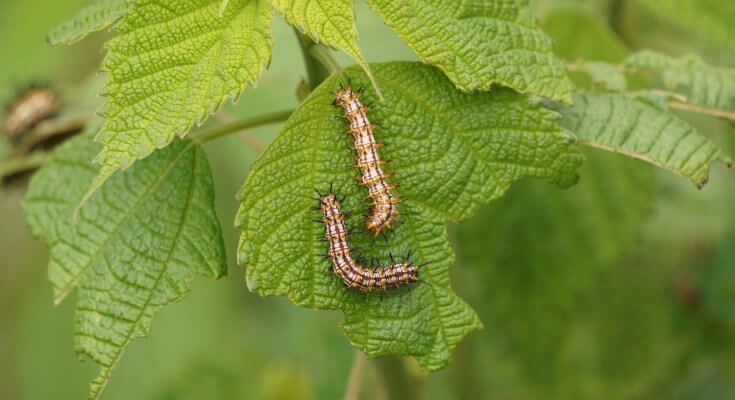Nature Ecology and Evolution, https://doi.org/10.1038/s41559-025-02835-z
Involved members of MultiTroph: Yi Li, Andreas Schuldt, Helge Bruelheide, Shan Li, Michael Staab, Xiaojuan Liu
Summary: This study reveals that higher tree species richness and tree growth generally lead to increased insect herbivory in forests, with these effects strongest in trees with high leaf carbon-to-nitrogen ratios and tougher leaves, and further modulated by climate and soil conditions. Results show significant variation among sites, emphasizing that functional traits, especially leaf chemistry, play a central role in shaping growth–herbivory relationships across temperate and subtropical forests.
Conclusion: Forests with greater tree diversity and growth are more susceptible to insect herbivory, particularly when functional traits favor herbivore feeding, underlining the importance of trait-based approaches in ecosystem management.
